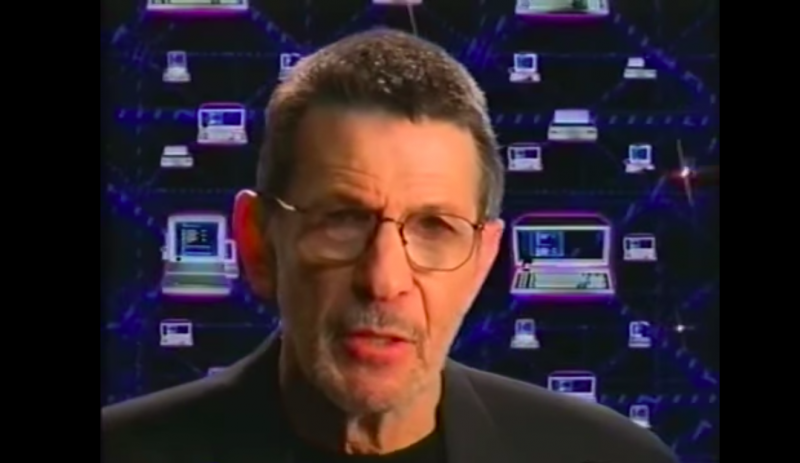Then there’s Ted Knight, a British ex-Special Forces guy who describes himself as “a family safety preparedness consultant.” Initially, Knight makes himself useful, offering tips about food, water, toilets, lights, medication, cash, heirlooms and important paperwork. He advises people to stock up on puzzles (hello, 2020!) and even manages to utter the sentence “Need for flushing water is number two” without snickering.
But Knight also has a brain that seems prone to malfunctioning. He adopts a deeply authoritative manner before uttering this absolute twaddle:
Y2K is a computer problem but it’s going to face the individual with their own reality. Whatever that reality is, it’s going to face you, face-to-face with a mirror, and in that mirror is going to be you.
Sure, Ted. Whatever you say.
My other favorite white guy here (for there are many) is a pastor who seems doggedly determined to leverage Y2K to get more people into his congregation. “If the immediate response is to buy machine guns and camouflage and lock ourselves off from our neighbors,” he says, “well what’s happening is, what’s in the human heart is boiling to the surface. That’s why Christians have got to challenge that whole mentality.”
Then, directly after Ted Knight has been very firm about needing to stock up on enough food and water for six weeks, the pastor pops back up and announces: “There’s no way any one family could lay aside enough food, enough resources to survive this thing on their own.”
Sure, Pastor Stephen. Everyone needs to go to your church.





